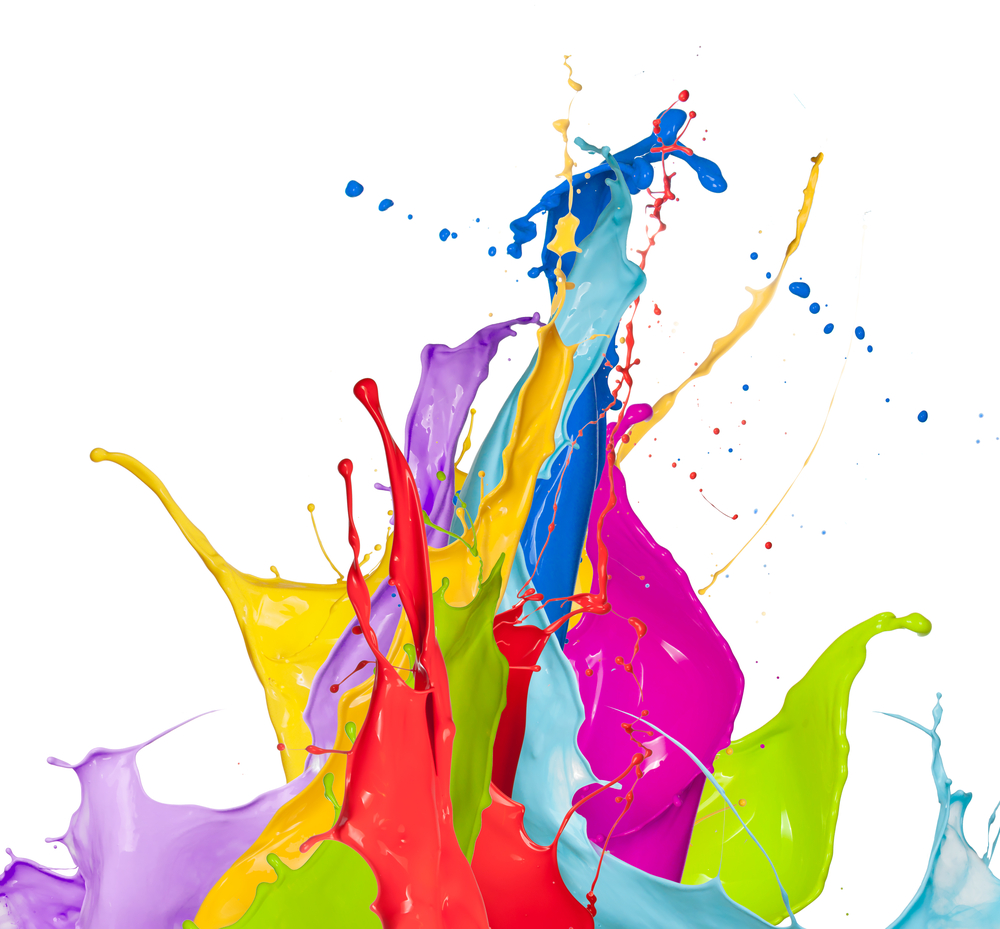Colour is instant - before your brain registers anything else it will register colour. Therefore, careful consideration needs to be given when choosing what to wear for an important presentation to ensure that the first impression you make with your audience is the one you’re aiming for.
Colour is not just a visual phenomenon, it can create an emotional response in your audience as well. For example, warm colours (red, orange, yellow) can evoke emotions of excitement and happiness through to feelings of anger and aggression. Cool colours (blue, green, purple) can be calming but can also create a feeling of sadness (think about the expression ‘feeling blue’!)
Given that colour is a powerful communicator it pays to know how to use it effectively so I contacted colour expert Jane Chrumka from Harmony Ridge Designs to find out more about colour and what it means for presenters. She explained that different civilisations have attached powerful meanings and associations to colour; this is colour symbolism and it can be considered as a learnt response. Nearly every colour has at one time or another had cultural or religious nuances. Colour psychology happens on a subconscious level. We are all born with an instinctive sense of colour, which has the capacity to affect our mental, physical and emotional wellbeing.
When it comes to presenting, Jane says that it’s about first knowing your subject, your audience and yourself. She suggests thinking about the following:
Who are you and what is your personal style?
Who is your audience?
What is the occasion?
What is the message you want to convey?
What will your audience be expecting to see?
Do you want to surprise or shock your audience?
I used to almost always wear black with a piece of statement jewellery or a pop of colour in a scarf (as well as my signature red lipstick!) However, since I have been running my business and doing more and more speaking in front of various audiences I have realised that it is much more interesting for the audience if I am wearing a bit more colour and it also makes me more memorable especially at an event where there are a number of speakers. Not only that but certain colours affect my mood so if I need to get into a certain state before delivering a presentation or training course I will choose a colour that supports me in that. Having said that, it is important to get the balance right as bright colours can sometimes make your message seem less credible – it’s all about understanding the audience and the occasion, and adjusting your personal style to ensure that your image is appropriate for the situation.
After having a colour analysis a few years ago to understand which colours flatter my skin tone and how to use them effectively in my outfit I am definitely a lot more confident about wearing colours. I have also undertaken a Talk Colour With Harmony workshop with Jane which helped me understand colour theory so I have a much better awareness about how different colours work together.
Jane says that colour should be a fun and creative way of expressing yourself and communicating your message. You can break colour ‘rules’ as long as you do so knowingly and support your decision in the style you choose.
Here are Jane’s top tips on choosing the right coloured outfit for your important presentation:
Know your skin undertone (warm or cool) so that you can choose a colour that flatters
Understand colour intensity and what works best for you as colours can be soft, muted, strong, clear, light and bright
Create interest by using contrasting colours e.g. green and purple, blue and orange
Think about the number of colours you are wearing e.g. try 3 or 5 colours as odds create better visual balance
Combine colours in the same tonal family
If wearing just one colour, consider texture and design to create interest
Keep in mind colour symbolism and psychology and what colour messages you are sending out e.g. red can sometimes be seen as energetic or aggressive and black can sometimes be seen as submissive or threatening
Know your audience and consider the occasion, without feeling you need to completely conform
When matching colours, compare and contrast in the same lighting conditions
Mix and wear colours confidently
When choosing colours for an outfit think about how it fits with your overall branding
Seek professional guidance e.g. have your personal colours analysed
Jane believes that everyone can wear colour, it is just a matter of knowing which tonal family you are best suited to. Regardless of whether you are choosing an outfit for a presentation or what you wear day to day, knowing what colours flatter you and enhance your features will ensure you always look your best.
Mel Sherwood is a Presentation Skills and Personal Impact Speaker and Founder of The RED Effect™. She works with ambitious business leaders, teams and individuals who want to express themselves with confidence, credibility and charisma. An Australian based in Scotland, Mel is an award-winning speaker, author and coach and combines over 25 years’ experience in business with a background as an actor, presenter and singer.


